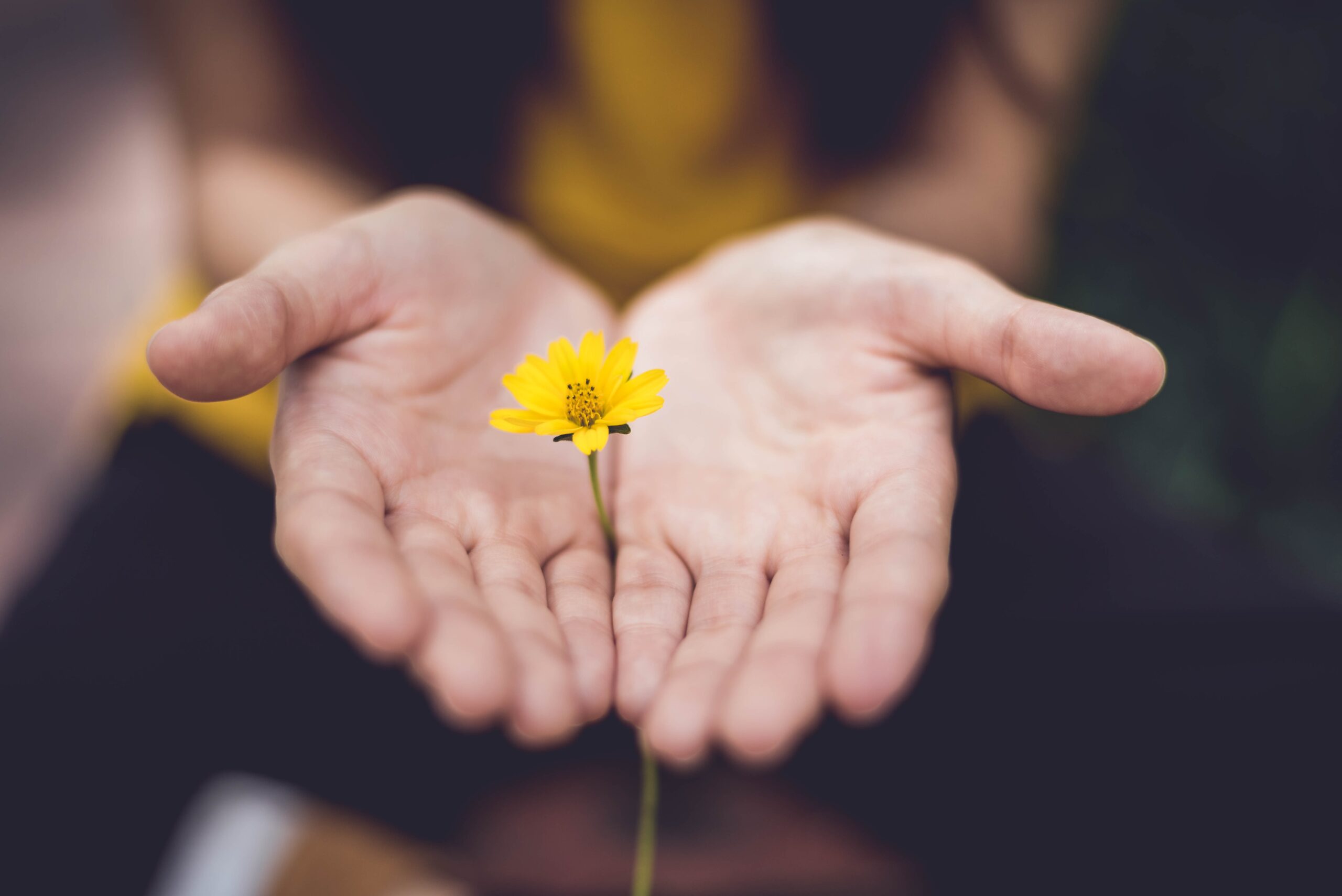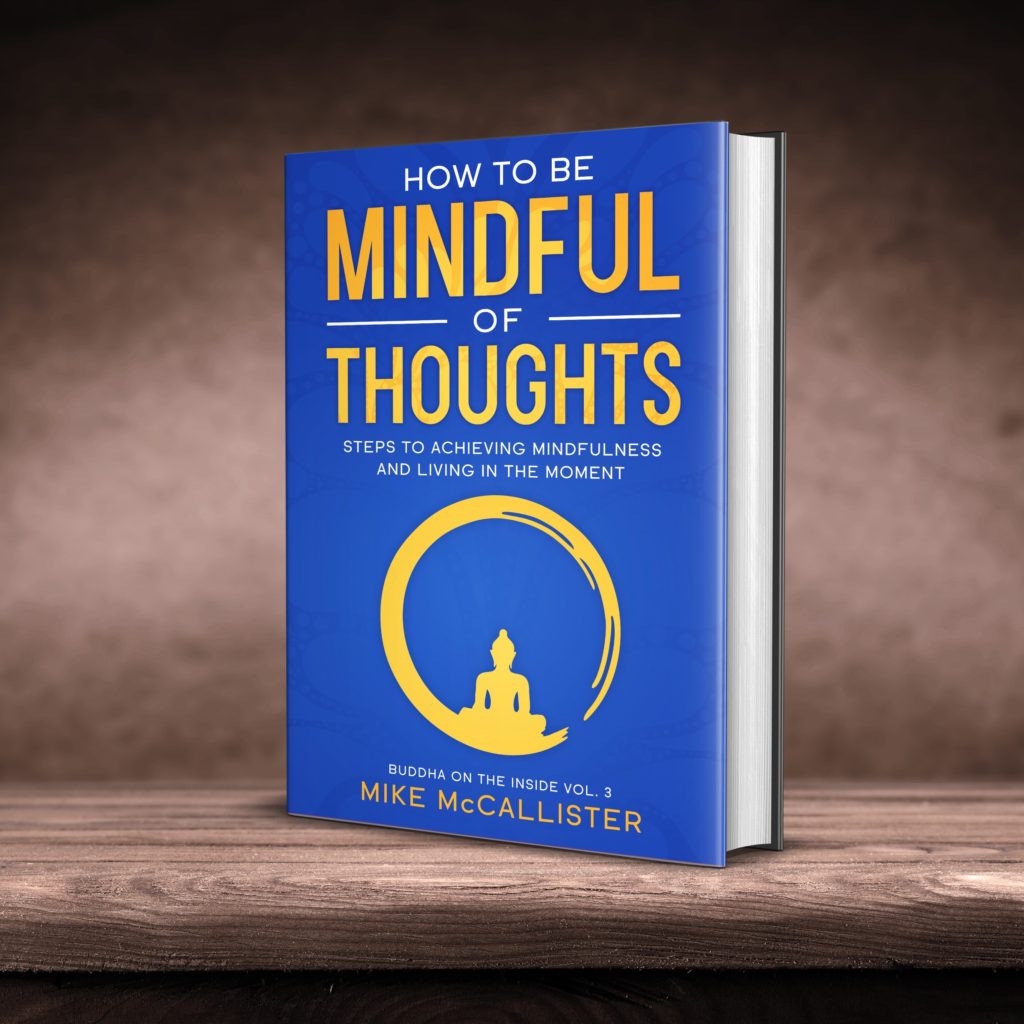
I hope you are using any of the mindfulness apps I shared with you last time. To reiterate, the more you practice, the more profound a peaceful and nonjudgmental state of mind you shall experience.
Since many of us live our daily lives robotically, you must make a conscious decision to be present.
In today’s post, I want to share seven proven tips to help you be more present in an absent world.
#1: Breath slowly and consciously
We breathe all the time; when we stop, we die!
Unfortunately, although we breathe all the time, our breathing is usually unconscious, an involuntary action that we take for granted. Rarely do we realize or acknowledge the importance of our breath. We also do not tune into it even though doing so can train us to be more mindful.
To nurture mindfulness, for 2-10 minutes every hour or two, tune into your breath and take slow and deep breaths. Inhale deeply through your nose and exhale fully through your mouth.
As you do that, tune in to how air enters and exits your body. Also notice the different sensations produced as an effect of that. Become intimately aware of everything about the breath. When you engage in this act consciously, it’ll anchor you to the moment and make you more mindful.
#2: Interact with nature
There is considerable evidence to show that spending time in nature boosts your mood and lowers your stress levels. While you cannot run to the woods every time you feel absent-minded, you can still ground yourself to the present. As suggested by a recent study, you can do so by interacting with anything related to nature.
Create a 2-5-minutes pocket of time that you can use to have a mini encounter with nature. Spend this time observing the moon, analyzing a twig on a tree, and mindfully listening to the chirping of birds. You could also consciously watch a rosebud while whiffing its fragrance. This moment of interacting with nature will distract you from your worries and align your awareness with the present moment.
#3: Acknowledge one blessing
Sometimes, to anchor yourself to the moment that is, all you need is to become aware of one small blessing.
Day in and day out, we stress about many things and unknowingly rehash the past or fixate on future concerns. Ruminative and negative thinking increases stress levels and disconnects you with the present moment. An effective remedy for this problem is to acknowledge your blessings.
Whenever you feel burdened, think of one thing you feel grateful for right now and elaborate its significance. For instance:
You could be thankful for having a comfortable home, and a job, particularly during the COVID-19 pandemic.
When you get into the habit of being grateful for your blessings, you’ll notice yourself becoming more mindful and optimistic.
#4: Walk mindfully
How many steps do you take before a day ends? If you’re like the average person, you probably take 3000-4,000 steps per day. Whether it’s a short trip to the bathroom or a stroll through the local park, we walk many times.
Unfortunately, seldom do we walk mindfully, something you should endeavor to change. Try taking mindful steps for a change; you’ll be amazed at how conscious you become in a matter of seconds.
Raise and put your feet on the ground consciously. As you do, notice any sensations that arise in your body. Taking a few mindful steps makes you more aware of yourself, and the blessing of being healthy enough to walk.
#5: Eat and drink mindfully
As you habituate walking mindfully, work on eating and drinking mindfully too. We have at least 3 to 4 meals a day. We also drink water and many beverages from the moment we wake up to the moment we go to sleep. Even though these elements of our lives are vital to our health, we are hardly aware of these acts.
Instead, we carry them out mechanical, which makes these nurturing acts meaningless and mechanical. It also turns these activities into opportunities for your mind to wander off into a forest of negative thoughts. The right way to drink and eat is to do it slowly and consciously.
Take a glass of water right now and sip it very slowly, one small sip at a time. Feel the coolness of the water on your tongue, enjoy its taste, and then swallow it mindfully. As you do so, ensure that you live in the sensations the water stir as it goes down your esophagus.
This act is likely to take a few seconds, but it will make you feel calmer and fresher than before. Likewise, eat slowly and mindfully so that you are more attuned to the sensations you are experiencing.
#6: Tune into your heartbeat
Every 2 to 3 hours, take a small 2-minutes mindfulness break and tune into your heartbeat. Our heart is beating all the time, but none of us stops to acknowledge it, and notice its beauty. During this 2-minutes break:
Sit comfortably, relax, place your hand on your heart, and take a deep breath. Try to locate your heartbeat, and when you do, observe it, feeling your heartthrob under the skin of your fingers.
This practice is enlightening because listening to your heartbeat helps you realize how lucky you are to be alive. It gives you a momentary chance to nurture gratitude and brings your thoughts to the present.
If you complete this exercise whenever you feel absent-minded, you’ll become mindful within minutes.
#7: Shower mindfully
Even though you shower at least once daily, you probably do it robotically. Probably you quickly throw water on your body, applying shampoo on your hair, and rushing to rinse it off.
As you shower, you are likely to worry about a gazillion other things. You could be worrying about the brewing coffee pot, the lunch you need to make for your kids, etc. With so many thoughts orbiting your mind, a peaceful shower is a farfetched dream for many.
You can turn this mindless act into a mindful and meaningful one by immersing yourself in it.
Turn the shower on and gently put one leg under it. Let the water trickle off your leg and observe how the droplets fall and feel on your leg. Very softly, bring your other leg under the shower and then one by one, let the water wet your body.
Enjoy the sensation of the water trickling down your body and imagine it draining away all your stress.
This mindful showering will take a little longer, say 15 minutes, but the practice will be well worth it.
If you practice these tips every day, they will help you create space, clarity, and peace in your chaotic life. In my Buddha on The Inside book series, I share many such activities you can use to practice mindfulness daily.
In the next article, I’ll share some of the best books I’ve read about living mindfully:

In my book – How To Be Mindful Of Thoughts: Steps To Achieving Mindfulness And Living In The Moment (Buddha on the Inside Book 3), I discuss various other approaches you can use to increase mindfulness. Get your copy and see your productivity at work increase rapidly.
Written with beginners in mind, It will teach you:
- The basics of mindfulness, including what it really is, what it entails, how it works and more
- Why you need to nurture mindfulness
- How mindfulness and leadership coexist
- How to transform your life with different mindfulness techniques
- How to observe your thoughts, manage your emotions and feel good with mindfulness-based meditative techniques
- How to make mindfulness part of your everyday life to derive all its benefits
…And so much more!

Get your friends and family to practice mindfulness too with the widely acclaimed The Ultimate Inner Peace Affirmation Audio Series To Attain Nirvana!



